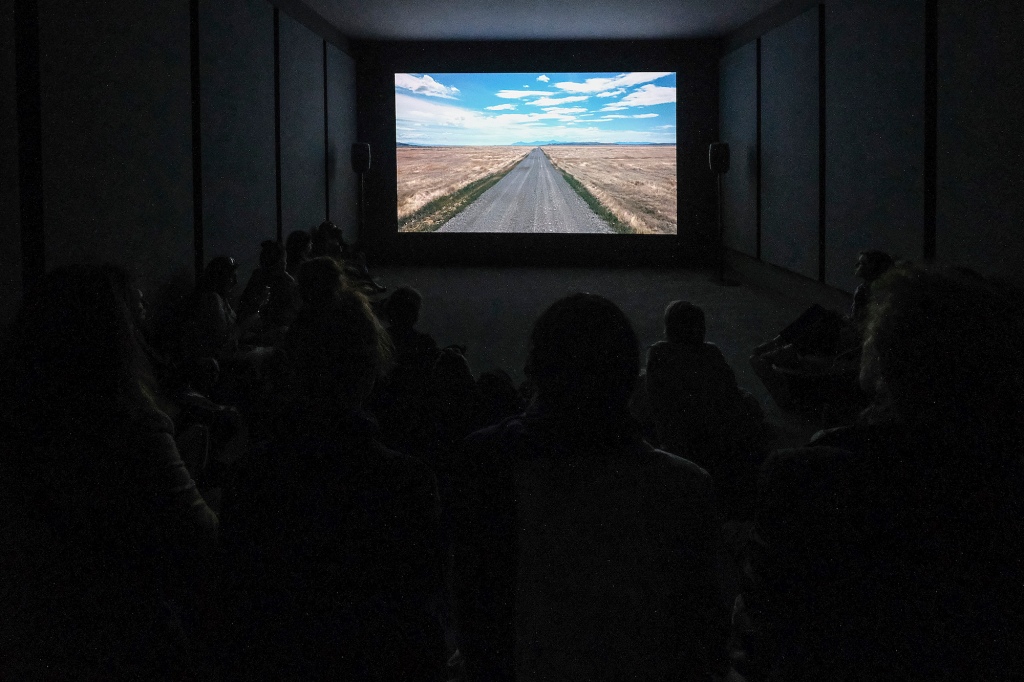Smithsonian Secretary Apologizes After Human Brain Specimens Investigation
Smithsonian secretary Lonnie G. Bunch III has responded to a report on on his institution’s collection of human brain specimens, which found that the majority had been gathered without consent.
The year-long investigative report was published by the Washington Post on August 14. According to reporters Nicole Dungca and Claire Healy, researchers often preyed on people who were “hospitalized, poor, or lacked immediate relatives to identify or bury them.”
“In other cases,” the reporters wrote, “collectors, anthropologists and scientists dug up burial grounds and looted graves.”
The majority of the human remains in the Smithsonian were collected under the supervision of anthropologist Ales Hrdlicka, the Smithsonian’s head of physical anthropology for four decades, starting in 1903. Hrdlicka was a longtime member of the American Eugenics Society, collected thousands of body parts, including hundreds of brains, a pursuit focused on the remains of Indigenous people and people of color for what Bunch called “scientific evidence of white superiority.”
Bunch’s op-ed, published in the Post on August 20, cited his experience as a historian and acknowledged that the Smithsonian is “grappling with a legacy once deemed acceptable but that is so clearly ethically wrong today.”
“The Post’s recent coverage regarding the human remains still housed in our collections is certainly illustrative of the Smithsonian’s darkest history,” Bunch wrote. “This is our inheritance, and we accept the responsibility to address these wrongs to the fullest extent possible.”
Bunch’s apology also called the collection of human remains at the US National Museum, now known as the Smithsonian Institution National Museum of Natural History, “abhorrent and dehumanizing.” He acknowledged that this was “carried out under the Smithsonian’s name.”
“As secretary of the Smithsonian, I condemn these past actions and apologize for the pain caused by Hrdlicka and others at the institution who acted unethically in the name of science, regardless of the era in which their actions occurred.”
While Bunch said the Smithsonian has been repatriating objects and human remains from its our collections prior to the passing of the National Museum of the American Indian Act in 1989, he also noted that the institution is still in the process of developing a policy that would address the future of all human remains, through a specific task force established earlier this year.
“Our forthcoming policy will finally recognize these remains not as objects to be studied but as human beings to be honored,” Bunch wrote. “It is a long-overdue shift, and I regret that human bodies were ever treated with such disrespect at our institution.”
The Post’s investigation also highlighted specific cases of brains coming from Indigenous Filipino individuals that were brought to the 1904 World’s Fair in St. Louis. Bunch wrote in his op-ed that the Smithsonian was in discussions with the Philippine government and the National Museum of the Philippines on the future of those human remains.
Notably, Bunch said it was critical that the Smithsonian “let the wishes of each community steer the process” of repatriation as part of a commitment to “interrogating and dismantling the racism that inspired these collections in the first place,” even with any accompanying legal and logistical challenges.
“Museums and universities throughout the world are contending with their own human remains collections. We are determined to be at the forefront of a long-overdue reckoning about ethical returns and repatriation.”



